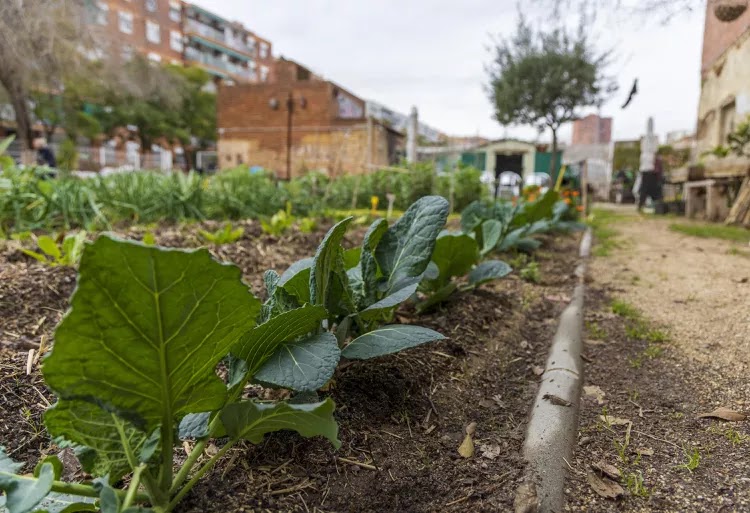Understanding microclimate is essential to effective growing wherever you live. We can start evaluating the space's advantages, disadvantages, opportunities, and difficulties after we are more knowledgeable about the circumstances in which we live and the features of our particular gardens. We start making moves to improve things and accomplish particular objectives.
A Microclimate: What Is It?
Most of us are familiar with the characteristics of the climate where we live. However, climate can only provide us with a portion of the knowledge we require regarding the typical weather patterns, temperatures, and environmental factors in our area.
To evaluate the microclimate conditions in our specific places, we also need to consider conditions on a much more local scale, taking into account factors like sunlight and shadow, wind, water, topography, and more.
The conditions we encounter can be influenced by the built environment around us, especially in cities, the layout of the landscape in and around our gardens, the vegetation already present in and around them, and more.
What Is a "Better" Microclimate, Exactly?
When we discuss garden design to improve the microclimate, we may be referring to a variety of different things.
For instance, we would want to design a garden that is a little warmer (and calmer, more protected) during the winter. In gardens in colder climates, we could want to foster a more favorable environment for winter growing.
However, in some regions, improving the microclimate could entail adopting measures to guarantee cooler summertime temperatures in order to lessen heat stress on plants.
How to Prevent Microclimate Problems
Let's use the idea of improving the microclimate for winter growing as an example to illustrate some of the strategies we may use to improve the microclimate in our gardens. In order to maintain things warmer and more favorable for plants throughout the winter, we might:
Plan our garden's plan taking the geography into consideration. We may take use of sun-drenched south-facing slopes in the northern hemisphere and north-facing slopes in the southern hemisphere, for example, by carefully considering the slope and terrain characteristics.
Examine potential areas for frost pockets and take action to eliminate them. Cold air condenses on cooling surfaces like trees on chilly nights and travels downhill to gather at low points or behind obstructions like fences or hedges. By creating openings in a barrier, the cold air can escape and reduce frost pockets.
To filter and diffuse the wind and create a more protected microclimate on their leeward side, add windbreak hedges and shelter belts of trees and shrubs.
In the northern hemisphere, employ south-facing walls or other buildings to create warmer spaces for growth. The heat from the sun can be captured and stored during the day by adding thermal mass to buildings made of stone, brick, earth, or clay. This heat is then slowly released at night as temperatures drop, keeping local temperatures a little higher than they otherwise would be.
A pond or other body of standing water can help to generate a milder microclimate in the neighborhood since water absorbs and stores the sun's heat during the day.
Reduce shade that can result in cold areas that cool more quickly and warm more slowly as temperatures rise by pruning larger trees or shrubs.
By adding a thick layer of carbon-rich material, such as straw or dried leaves, you can prevent soil from freezing and safeguard plant roots.
Winter rain can occasionally be just as difficult as winter cold. Therefore, in order to optimize the growing conditions in a certain location, we might also employ methods for judicious water management that direct water to where it is needed and away from where it is not. In places with high winter wetness, altering the microclimate can be accomplished through earthworks, proper vegetation, and drainage improvements. When improving the microclimate in the summer, managing water is also a top priority, particularly in places with limited summer rainfall.
Of course, we could also add covered growing spaces like polytunnels or greenhouses to our gardens to make them warmer and safer places to grow a variety of plants, even during the coldest months of the year.
But even when we do, situating them and considering more widely how we may enhance the microclimates in our gardens might assist us in keeping these regions frost-free and obtaining the optimum outcomes.


